Everything You Need to Know About Buddha Bowls
If you are trying to eat clean, you would probably be inundated with fad diets from all over the internet (don’t act as if you’ve never tried one before, only to be left frustrated). There are hundreds upon hundreds of Instagram diets out there that vary in effectiveness. Some are decent, while many are absolute garbage. Also, depending on your lifestyle goal, you might need different diets. But have you heard of something called Buddha bowls?
The Buddha bowl accommodates an extensive range of lifestyle and dietary choices. This is primarily because the Buddha bowl is very customizable!
In this article, let’s dive deeper into exactly what a Buddha bowl is and why you may want to consider trying it.
Disclaimer: This article is for informational purposes only and is not meant to treat or diagnose any condition. It is recommended that you speak with your doctor before starting any exercise program, changing your daily nutrition, or adding any supplements to your regimen.
Table of contents
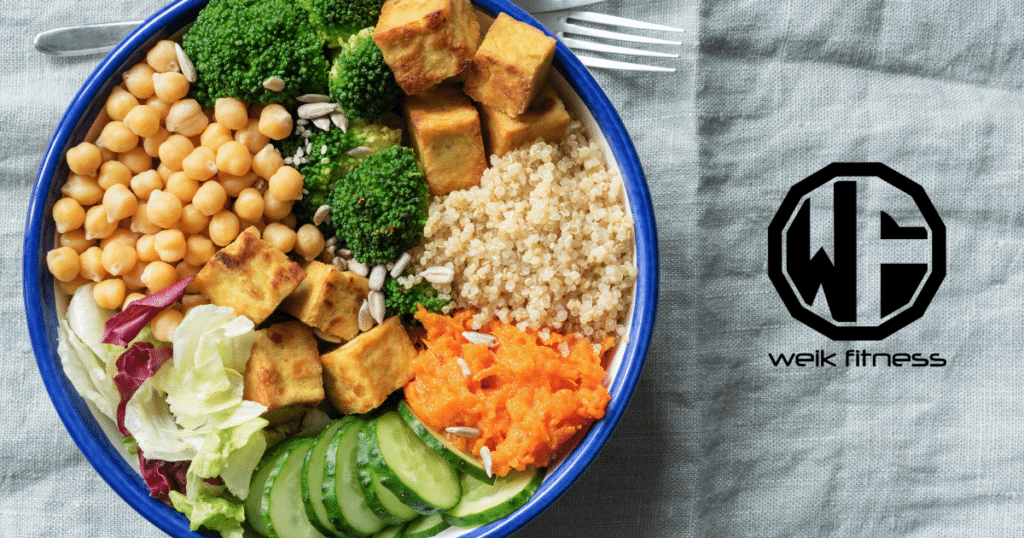
What Are Buddha Bowls?
A Buddha bowl is an easy way to get a bunch of daily nutrients in a single meal. It’s basically a salad that looks like a bowl, but instead of lettuce, you fill it with whatever vegetables and grains you have on hand, then top it off with a protein source such as a lean protein source, tofu, or beans — all topped with a dressing of your choosing.
The Origins of Buddha Bowls
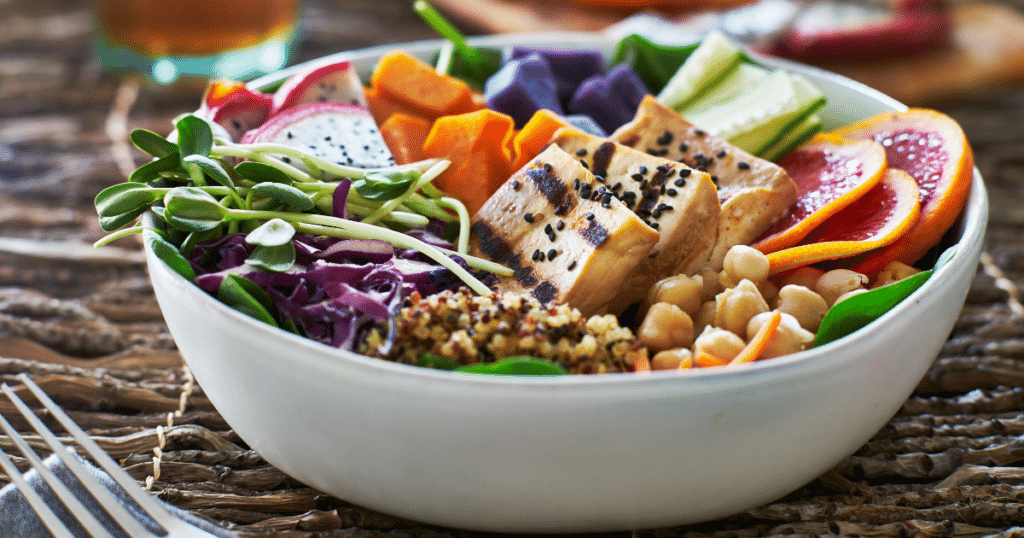
The authors of the book Buddha’s Diet wanted food to be complimentary to someone’s life, not give it the power to run a person’s life. What made the book rise in popularity is probably the way this diet book is made. The book contains almost no recipes but does contain ideas and suggestions to help shift your mindset about food.
Some Fundamental Rules About Buddha Bowls
There are just a few rules that you need to follow to get started on making your very own Buddha bowl.
- The Buddha bowl is concerned with clean eating.
- The food should be simple to prepare and easy to digest.
- The whole point of the bowl is to make it delicious but not decadent.
- The components of your bowl should be healthy and nutritious.
These are just a few of the things you need to follow to start making your own Buddha bowls!
Do You Eat Them Hot or Cold?
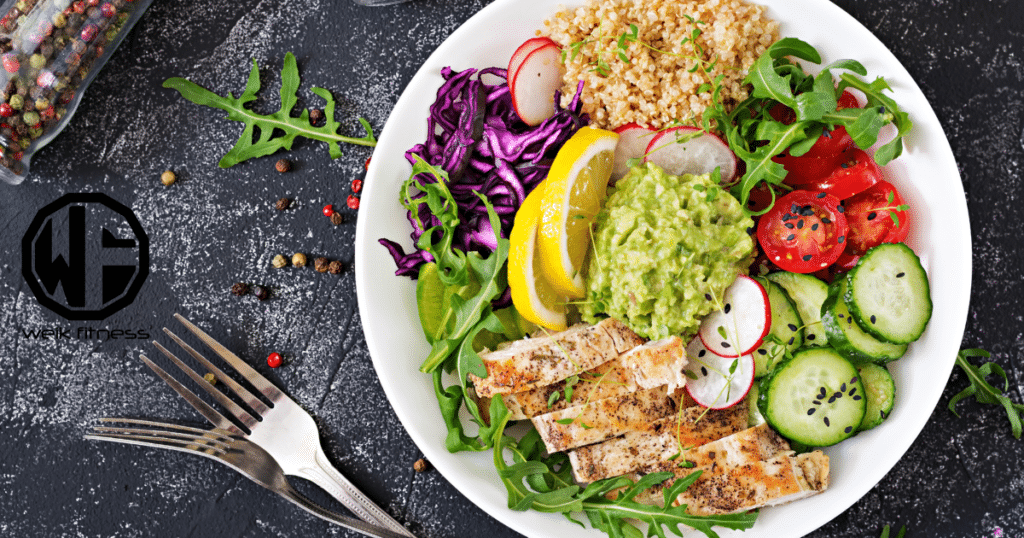
Buddha Bowls can be enjoyed either hot or cold, and the choice often depends on personal preference and the specific ingredients used. Here are some considerations for both options:
- Hot Buddha Bowl:
- Warm Comfort: Many people prefer Buddha Bowls served warm, especially if they include cooked grains, roasted vegetables, or a hot protein source. Warm bowls can be comforting, especially during colder seasons.
- Cooked Components: If your Buddha Bowl contains cooked elements like roasted sweet potatoes, warm grains, or sautéed vegetables, it’s likely best enjoyed hot.
- Cold Buddha Bowl:
- Refreshing and Quick: Cold Buddha Bowls can be refreshing, making them an excellent choice for warmer weather or when you’re in the mood for a cool and crisp meal.
- Raw Components: If your bowl includes raw vegetables, fresh greens, or cold components like chilled quinoa or cold tofu, it can work well as a cold dish.
- Room Temperature:
- Versatility: Some Buddha Bowls incorporate a mix of hot and cold elements, resulting in a bowl served at room temperature. This provides a balance of textures and flavors.
Ultimately, the decision between a hot or cold Buddha Bowl is up to your personal preference. Feel free to experiment and customize your bowl based on the temperature and textures you find most enjoyable. Additionally, you can adapt your Buddha Bowl based on the weather, your mood, or specific dietary preferences.
The 5 Main Components of Buddha Bowls
A Buddha Bowl, also known as a grain bowl or a nourish bowl, typically consists of a balanced combination of various food components, creating a nutritious and visually appealing meal. While the exact ingredients can vary, a Buddha Bowl typically includes these five main components:
- Base (Grains or Greens): This is the foundation of the bowl and provides the primary source of carbohydrates. Common base options include brown rice, quinoa, bulgur, farro, or a bed of leafy greens like spinach, kale, or mixed salad greens.
- Protein Source: This component adds protein to the bowl, contributing to its overall nutritional balance. Common protein sources include grilled tofu, tempeh, chickpeas, lentils, black beans, or a lean meat like chicken or fish. Vegetarians and vegans often rely on plant-based protein options.
- Vegetables: Colorful and diverse vegetables are key to a Buddha Bowl, providing a variety of vitamins, minerals, and fiber. Roasted or sautéed vegetables such as sweet potatoes, broccoli, bell peppers, carrots, and cherry tomatoes are popular choices.
- Healthy Fats: Including sources of healthy fats adds flavor and helps make the meal more satisfying. Avocado slices, nuts (such as almonds or walnuts), seeds (like sesame seeds or pumpkin seeds), or a drizzle of olive oil or tahini are commonly used for this purpose.
- Sauce or Dressing: A flavorful sauce or dressing ties the components together and enhances the overall taste of the Buddha Bowl. Common choices include tahini dressing, soy-ginger sauce, peanut sauce, or a vinaigrette. These can be homemade or store-bought, depending on personal preferences.
Related Article: 6 Breakfast Rules to Improve Your Weight Loss Success
Additionally, some variations of Buddha Bowls may include extras like fresh herbs, sprouts, or pickled vegetables for added flavor and texture. The beauty of Buddha Bowls lies in their versatility, allowing individuals to customize them based on dietary preferences and ingredient availability.
How Big Should a Buddha Bowl Be?
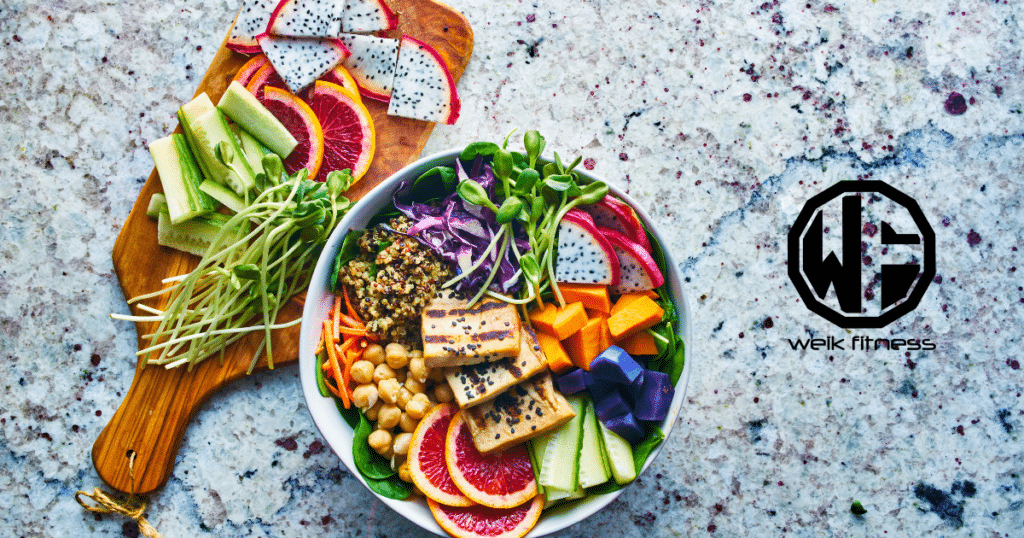
The size of a Buddha Bowl can vary based on individual preferences, dietary needs, and the specific components included. There’s no strict rule for the size, and it largely depends on your appetite and nutritional requirements. However, a typical Buddha Bowl is often designed to be a satisfying and complete meal.
Here are some general guidelines to consider:
- Portion Size: A Buddha Bowl should provide a well-balanced and nutritious meal. The portion size can be adjusted based on your individual caloric needs and hunger levels. It’s often recommended to include a mix of macronutrients (carbohydrates, protein, and fats) and a variety of colorful vegetables.
- Customization: One of the great things about Buddha Bowls is their flexibility. You can adjust the size based on your nutritional goals. For those with larger appetites or higher caloric needs, you might include larger portions of grains, proteins, and vegetables.
- Listen to Your Body: Pay attention to your hunger and fullness cues. If you’re not particularly hungry, a smaller Buddha Bowl may be appropriate. If you’re more active or have a larger appetite, you might opt for a larger portion.
- Nutrient Density: Focus on nutrient-dense ingredients to make your Buddha Bowl satisfying in smaller portions. Choose ingredients that provide a good balance of vitamins, minerals, fiber, and other essential nutrients.
How to Make a Buddha Bowl
Now that you have learned a little about the origins and history of the Buddha bowl, let’s look at how you can assemble your own at home.
- For the base of your bowl, you will need some sort of grain — rice, brown rice, quinoa, and barley work great.
- Use seasonal vegetables you have on hand or vegetables that have been sitting in the back of the fridge for God knows how long (don’t worry, I won’t judge you). This is the best opportunity for you to use up all the vegetables that are left untouched in the refrigerator rather than throwing them all away (just make sure they are still good).
- Now, add in your lean protein source of choice. A Buddha bowl accommodates people with all types of dietary restrictions. Therefore, you can use chicken, beef, tofu, lentils, or another high in protein item to put in your bowl.
- Now that you have assembled most of your Buddha bowl, it is time for the dressing. The dressing can be as elaborate or simple as you want. But remember to always make it easy to make. The dressing brings the whole Buddha bowl together.
- Finally, complete your Buddha bowl with a generous sprinkling of seeds. There are a lot of options to choose from, such as sesame seeds, chia seeds, sunflower seeds, etc., whatever edible seeds you have in your pantry will work.
Benefits of Buddha Bowls
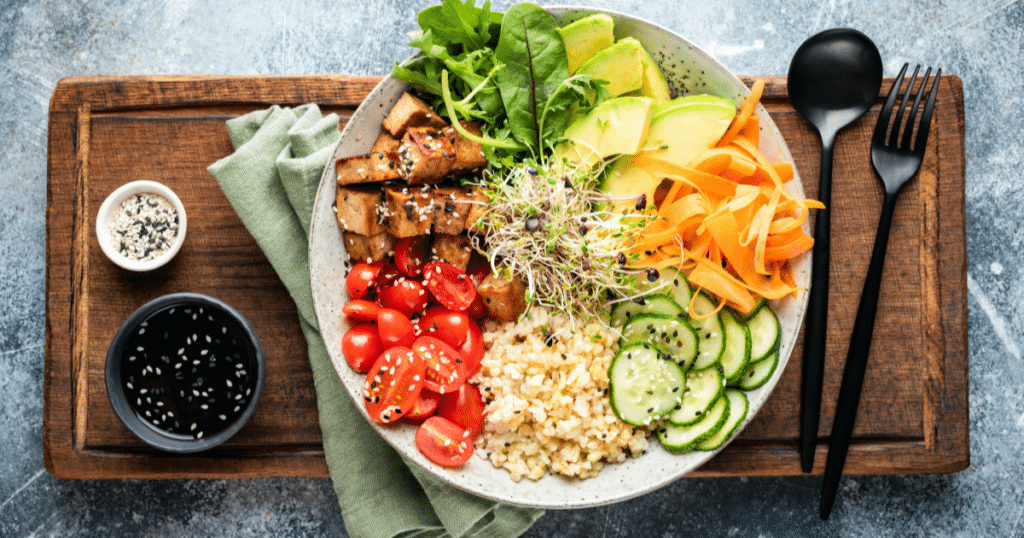
The Buddha bowl isn’t like any other food trend out there, it isn’t a rigid list of ingredients you need to have, but it is a set of guidelines to help with wholesome eating. Here are a few benefits of the Buddha bowl:
- Highly nutritious
Buddha bowls are packed with protein and nutrients, making them a great breakfast option. They’re also a great way to get more veggies into your diet — especially if you’ve been struggling with the whole “eat more veggies” thing. The ingredients in a Buddha bowl are often colorful and flavorful, so they make for an exciting meal that will keep you feeling full for longer than other breakfasts.
- Helps in weight loss
A Buddha bowl is a delicious, filling meal that’s perfect for weight loss diets like the ketogenic diet. The ingredients are loaded with nutrients and fiber, which means you’ll stay full for hours after eating them. Plus, because this type of meal is packed with so many different foods, it’s easy to keep your diet balanced if you’re trying to lose weight.
- Reduces food wastage
The Buddha bowl is a great way to reduce food waste. It’s a perfect meal for when you’re not feeling like cooking but also don’t want to throw away your leftovers. Eat the leftovers in a bowl and call it dinner!
- Kid-friendly
If you’re looking for something healthy and nutritious that your kids will actually eat, a Buddha bowl is one of the best options out there. With a variety of ingredients and toppings, it’s easy to customize a bowl that’ll please even picky eaters.


*Disclosure: This article may contain affiliate links or ads, which means we earn a small commission at no extra cost to you if you make a purchase through these links. These commissions help support the operation and maintenance of our website, allowing us to continue producing free valuable content. Your support is genuinely appreciated, whether you choose to use our links or not. Thank you for being a part of our community and enjoying our content.
PLEASE CONSIDER SHARING THIS ON YOUR SOCIAL MEDIA TO HELP OTHERS LEARN MORE ABOUT THIS TOPIC.





